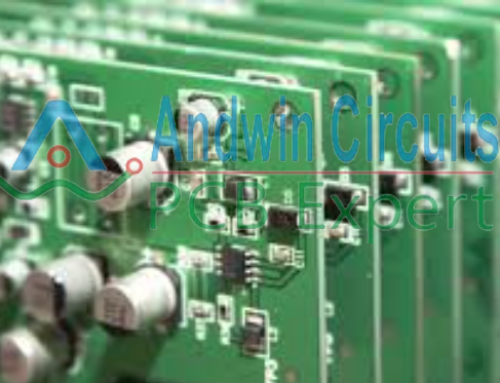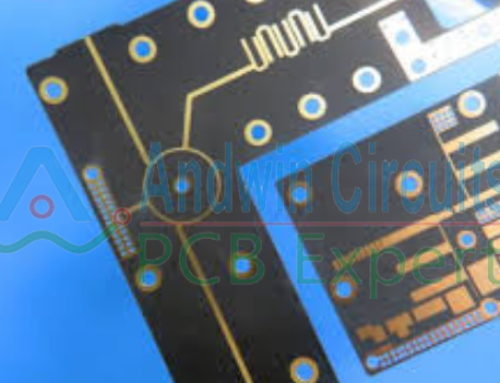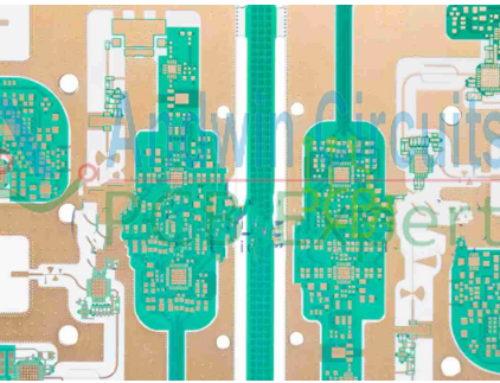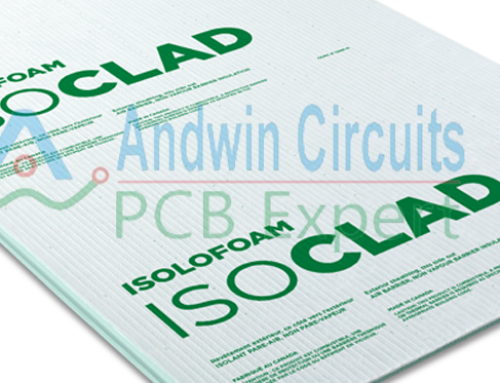What is flex pcb vibration?
Flex PCBs are designed to be flexible and bendable, which makes them more susceptible to vibration compared to rigid PCBs.
Vibration can cause the flex PCB to bend and twist, potentially leading to damage or failure of the circuitry.
To mitigate the effects of vibration, designers can use materials with high tensile strength and incorporate additional support structures such as stiffeners or brackets to provide additional rigidity.
Additionally, the use of shock-absorbing materials or mounting techniques can help reduce the impact of vibration on the flex PCB.

the role of flex pcb vibration
The role of flex PCB vibration is to understand how the vibration affects the performance and reliability of the flex PCB.
Flex PCBs are often used in applications where there is a lot of movement or vibration,
such as in aerospace, automotive, and medical devices. Vibration can cause the flex PCB to bend and twist,
which can lead to damage or failure of the circuitry.
The role of understanding the effects of vibration on flex PCBs is to ensure that the design and materials used are robust enough to withstand the expected levels of vibration.
This involves selecting materials with high tensile strength,
incorporating additional support structures such as stiffeners or brackets, and using shock-absorbing materials or mounting techniques.
By understanding the role of flex PCB vibration, designers can ensure that the flex PCB is reliable and performs as intended in its intended application, even in environments with high levels of vibration.
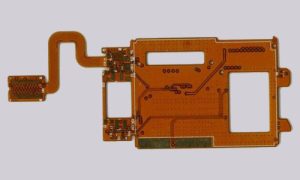
types of flex pcb vibration
There are several types of flex PCB vibration that can affect the performance and reliability of the circuitry:
1. Resonant vibration:
This occurs when the frequency of the vibration matches the natural frequency of the flex PCB,
causing it to vibrate with greater amplitude and potentially leading to damage or failure.
2. Random vibration:
This type of vibration is unpredictable and occurs in a variety of frequencies and amplitudes.
It can cause fatigue and wear on the flex PCB over time.
3. Harmonic vibration:
This occurs when the vibration frequency is a multiple of the natural frequency of the flex PCB.
It can cause resonance and amplification of the vibration, leading to damage or failure.
4. Shock and impact vibration:
This type of vibration occurs when the flex PCB is subjected to sudden and severe impacts or shocks,
such as during transportation or handling. It can cause physical damage to the circuitry and components.
Understanding the types of flex PCB vibration is important in designing and selecting materials that can withstand the expected levels of vibration and ensure reliable performance in the intended application.
Other PCB products, you may interesting










